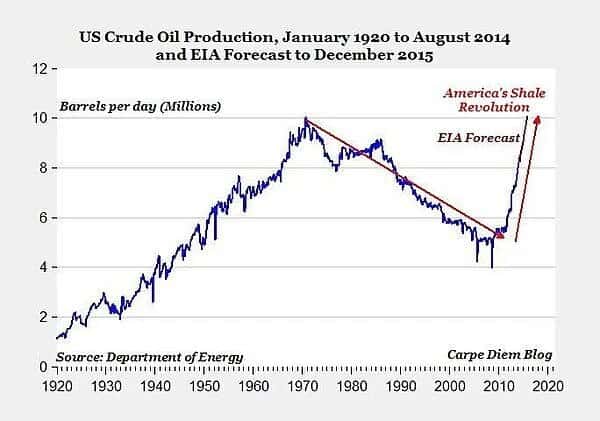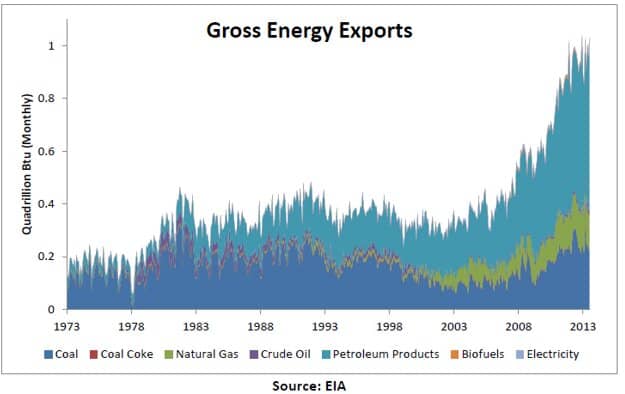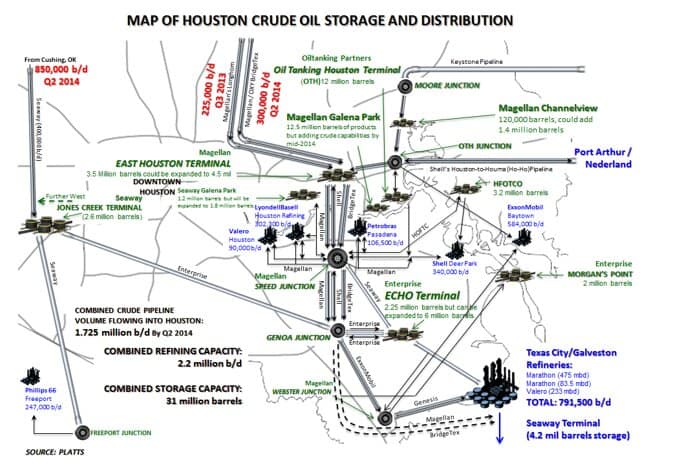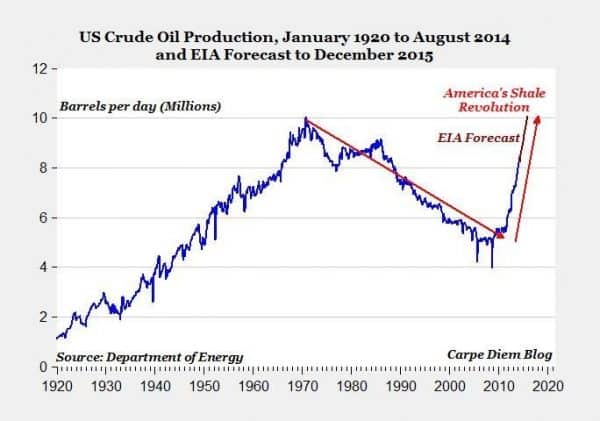With the price of crude at an all-time low, all aspects of oil and gas are under scrutiny. Aspects in question are how much is being produced, how much is being stored, who is exporting or importing, and how much countries are consuming. That is just a few of the topics I have read about. So my lack of knowledge on the current US export ban is what prompted me to come up with this week’s blog topic. I want to go over the specifics of what can be exported by the US and what cannot, why would we have a ban on something that is a huge global commodity and is the ban sticking around or going away? Class is in session…
In 1975 President Gerald Ford signed into law the Energy Policy and Conservation Act, a ban on most U.S. oil exports. The thought was that since we Americans have become so dependent on foreign oil, we should export less to conserve what we do have in the ground. According to a report from the Aspen Institute in 1973, the United States imported an average of 3.2 million barrels of crude and 3.0 million barrels of petroleum a day. The act did begin some of the first fuel economy standards in vehicles and extended oil price control.

Of course, there are exceptions to every rule. The oil that goes through the Trans-Alaskan Pipeline, crude from Alaska’s Cook Inlet, and heavy or viscous, oil from some California fields, all get a pass. Now keep this in mind, there was not even a ban on exporting oil that has been refined into gasoline or diesel fuel. The graph below shows that to be truer than ever.
The Alternative Fuel Act of 1988 did amend some of the restrictions on exports. The goal of this bill was to help persuade the oil and gas companies to find alternative fuels. The act specifies that alternative fuel is anything not derived from petroleum. So natural gas, ethanol, methanol, liquefied petroleum gas hydrogen, and electricity.

History lesson complete, now the debate begins. There are companies, lobbyists, Senators, Congress Members, and everyday workers in the oil and gas sector that are for and against the 1975 export ban being completely lifted. The energy sector is much different in 2015 than it was in 1975. With some of the amazing scientific advancements in horizontal drilling companies here in Texas and in as far as North Dakota are producing a lighter crude oil. Here is where we have 2 sides to the debate:
- Groups that want the ban to be lifted are complaining that because of the lighter crude coming from the Permian and Williston Basins is being wasted because we have nothing to do with it, causing the country to lose money on exports. The majority of the refineries are along the gulf coast. The problem is not enough of the refineries that are not set up to refine this ‘sweeter’ crude oil. To compound that there are not enough pipelines to get these crude refineries on the East Coast that are able to refine it. So there is a stockpile of crude oil along with the Gulf Coast Region that these groups claim cannot be handled. And the 13 ships that can transport it are booked solid for the next 20 years. The Jones Act will explain why the heck we only have 13 ships for transporting all this money-making liquid.
- Now groups that do not want the ban lifted are saying something different. They are stating that refineries should be able to process all sweet crude coming in and be able to supply the U.S. through 2020 without too many major updates to the existing oil pipeline infrastructure. I know for sure that Petrobras, in my wonderful home town of Pasadena, is already processing it.

Of course, the other side of this debate is the all mighty dollar. Groups that want the export ban lifted claim the U.S. is losing millions of dollars because we are not exporting. On the other side, groups that want the ban to stay are using the down oil price, stating that exporting will actually cause the price of gas at the pump to rise. Then you have groups that want the ban lifted solely because they think it would be a jab at OPEC. I can honestly say I do not know where I stand on this issue. I’m like Switzerland, neutral. I think the arguments on each side are valid and have enough research to boot. I think I read about 40 different articles for this blog and they all gave valid points.
Either way, with Texas ruling the roost in so many different aspects of oil and gas, this topic is not going away anytime soon. I’m going to do my best to keep up on the status of the 1975 U.S. Oil Export Ban. If things look like they may change, I’ll be sure to pass the information on to you.
References:
- http://www.aspeninstitute.org/sites/default/files/content/upload/FINAL_Lifting_Crude_Oil_Export_Ban_0.pdf
- https://www.govtrack.us/congress/bills/100/s1518#summary
- http://www.houstonchronicle.com/business/energy/article/Refiners-say-no-exports-needed-they-ll-take-the-5800513.php
- http://www.ibtimes.com/why-us-bans-crude-oil-exports-brief-history-1562689
- http://www.cnbc.com/id/102256744#
- https://www.uschamber.com/blog/why-lifting-oil-export-ban-supports-america-s-energy-boom












